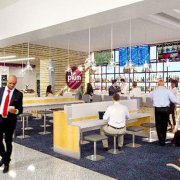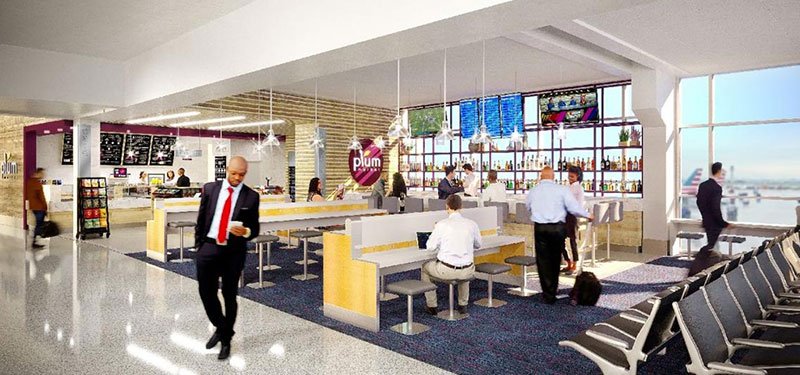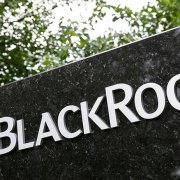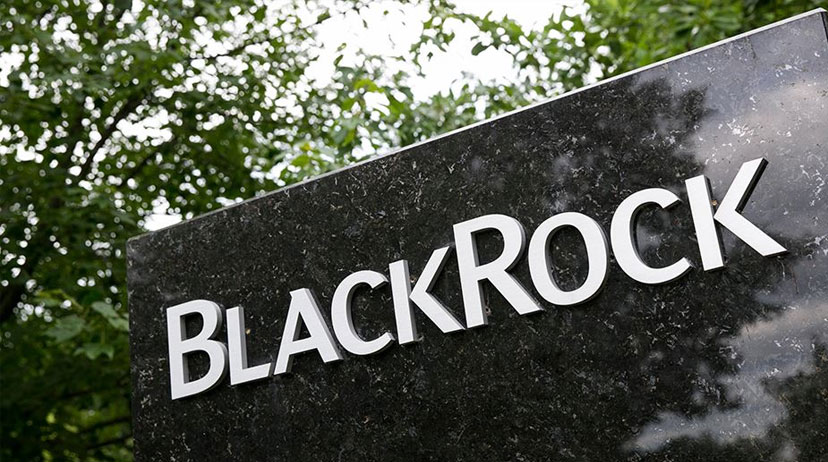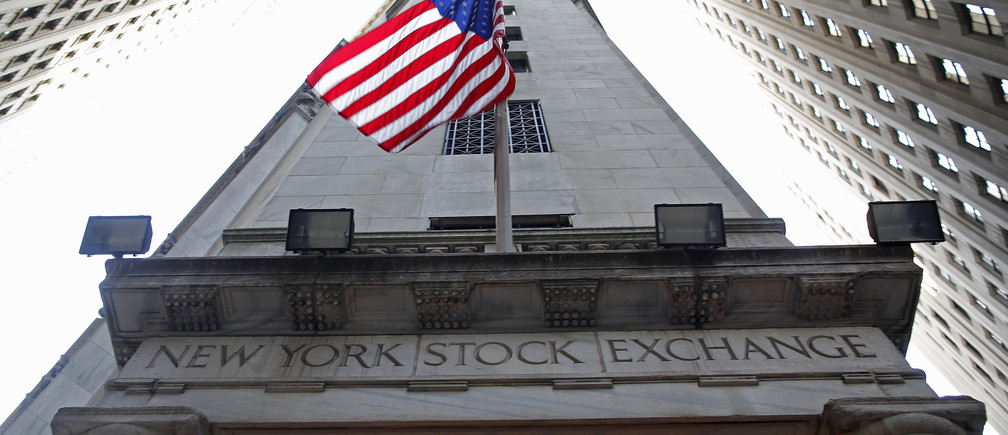Flexible Space: Fort Worth begins growing co-working spaces
Television shows and movies have popularized co-working space as the ultimate cool workplace experience with amenities such as fresh roasted coffee or cold brew, juice bars, beer on tap, ping pong tables and ergonomic desks.
The open, collaborative vibe is rooted in the preferences of the millennial generation but it’s not just the kids or grandkids who are setting up shop in flexible office space environments anymore.
David Chappell, a longtime attorney with the Cantey Hanger law firm in Fort Worth, rents an office in the WeWork co-working space at Clearfork. The space suits his needs for meeting with clients in his law practice and his consulting business, which is focused on technology and intellectual property protection.
“I really enjoy working here,” Chappell. “I meet new and interesting people every day.”
Chappell moved from an executive office without a window to this space, where he acquired a window and what he considers a more stimulating work environment. At age 75, he is probably the oldest client of the WeWork space but not everyone there is under 35.
“There are people of all ages doing all different types of work,” he said.
The potential IPO of WeWork has put the co-working office space sector in the spotlight for its “unprecedented” and “meteoric” growth in commercial real estate, according to CBRE, a national commercial real estate services and investment firm.
During 2018, flexible office space in the top 10 markets grew by 25 percent, with Manhattan leading in square footage growth and Seattle leading in percentage growth, according to CBRE research.
Fortune 500 companies are beginning to look at ways to add flexible office space into their real estate strategies, which would further grow this sector of the office market, according to CBRE.
“The world’s top companies recognize there is no one-size-fits-all flexible approach, just like there’s no one type of worker,” said Doug Sharp, president of Corporate Solutions, Americas, for JLL, a global real estate services and investment firm. “This is one of the reasons we see so much runway for flex space in the U.S. office markets – it addresses several core needs for employers and employees alike.”
The Dallas-Fort Worth market is the seventh largest in the United States based on square footage of flexible office space, according to the latest research by CBRE. Flexible office space grew 19 percent to 2.48 million square feet in D-FW in 2018 from 2017, accounting for 1.13 percent of D-FW’s total office inventory.
Clay Curlee, JLL vice president of workplace strategy, said there is enormous demand for flexible office space in D-FW because of corporate relocations and booming population growth.
Dallas leads the market with 82 operating sites compared with 21 in the Fort Worth area, Curlee said.
“The numbers are very fluid with new sites opening all the time,” Curlee said. “It’s become a huge phenomenon because there is little to no capital expense.”
Regus is the leading flex space provider in D-FW, largely because of its higher inventory of executive suites, said Curlee, who is based in Dallas. Regus has several locations in Fort Worth and North Texas.
In Fort Worth, the largest concentration of co-working spaces is in South and Southwest Fort Worth rather than in downtown, although that is starting to change.
WeWork has opened two co-working locations downtown — one in the Commerce Building and another in Sundance Plaza South.
San Diego-based CommonGrounds Workplace will open its first Texas location in downtown Fort Worth this summer. A second location in Houston will follow a few months later.
“Our target is the enterprise client and we feel that Fort Worth is a good market for that,” said Nick Baird, a membership development executive for CommonGrounds, a company that plans to expand from seven locations to about 40 by the end of 2020.
While the enterprise client, defined as a corporation or established company, represents the sweet spot of the office market due to stability and ability to pay higher rent and fees, the co-working market is dominated by startups, freelancers and solo practitioners in various occupations.
“A lot of the people who gravitate to co-working spaces are people who used to work at home and want a less isolated environment,” said David Walters, a senior vice president for CBRE in Fort Worth. “They are drawn to these spaces because of the cost, the opportunity for collaboration and the amenities.”
Fort Worth’s mix of co-working space is similar to that in other major metro markets, ranging from an add-on to a coffee shop to multi-floor operations in high-rise office towers with resplendent common spaces that resemble high-end hotel lobbies.
People drawn to the more sophisticated co-working spaces offered by operators such as Regus and WeWork like the turnkey work environment with office equipment included and the shorter leases than traditional offices typically demand, Walters said.
“A lot of these users are regional sales reps for big companies who travel frequently but need an office when they are in town,” Walters said. “Those people want offices closer to their homes so that’s why there’s so many in Southwest Fort Worth.”
Among clients, the reasons for choosing co-working spaces over traditional office spaces run the gamut.
Darien George, managing partner of Mackenzie Eason Associates, recently moved his talent development and executive search firm from the WeWork location at Clearfork to WeWork space in Sundance Square.
“We have a larger office space now and we are downtown, which is important because that’s where many of our clients are located,” George said.
With eight employees, George said, he considered traditional office space but decided to stay in a co-working space because of the shorter lease, the culture and amenities and the benefit of having a desk available at other WeWork locations around the country whenever he travels for business.
“There’s a perception that people in co-working spaces are younger people looking for a live, work, play environment,” George said. “That’s a misperception. There are people of all ages in various levels of their careers in co-working spaces for very practical reasons.”
For instance, Lockheed Martin has put employees in co-working spaces as the company figures out how many short-term and permanent employees it needs to manage its newest defense contracts, Walters said.
“There’s no need for them to invest in a lot of permanent space until they figure out the body count situation,” he said.
For some, the co-working experience, particularly the opportunity for collaboration and interaction among professionals in different fields, is a driving factor.
Rachel Marker, a principal in the mostly female-owned architectural and design firm of Arcturis, experienced all types of work space during the two years she juggled the demands of a business consulting firm during her around-the-world travels with her husband.
After returning to Fort Worth and joining Arcturis, she moved from working at home to a Regus flex space arrangement.
She was so enamored with the experience at Regus that she mimicked the environment in the traditional office space the Texas branch of the St. Louis-based firm moved into last year.
“We want this to be a place where people want to hang out,” Marker said. “When St. Louis-based employees are in town, they have a desk to use and we have flexible space to encourage collaboration and interaction.”
Just opening on the Near Southside is Backlot Studio and Workspace. Backlot has over 12,000-square feet and includes studio space for rent for film production as well as workspaces designed for photography shoots and music production as well as furnished workspaces for creative companies.
Tamara Payne, who opened the first female-owned co-working space in North Texas three years ago, said promoting collaboration among clients is the hallmark of her operation, Ensemble Coworking. Her clients’ work includes everything from graphic design to insurance sales, accounting, engineering and consulting.
“Women are by nature nurturers,” she said. “I feel very strongly that co-working is about building a sense of community to foster success for everyone through building relationships for support and mentoring and for sharing resources.”
Payne is planning to expand Ensemble Coworking to other Fort Worth-area locations at some point.
“Our goal is to stay small to serve small business,” she said.
Source: http://www.fortworthbusiness.com/news/flexible-space-fort-worth-begins-growing-co-working-spaces/article_6fd74090-7e5b-11e9-8aef-6b4fe8ad1a94.html








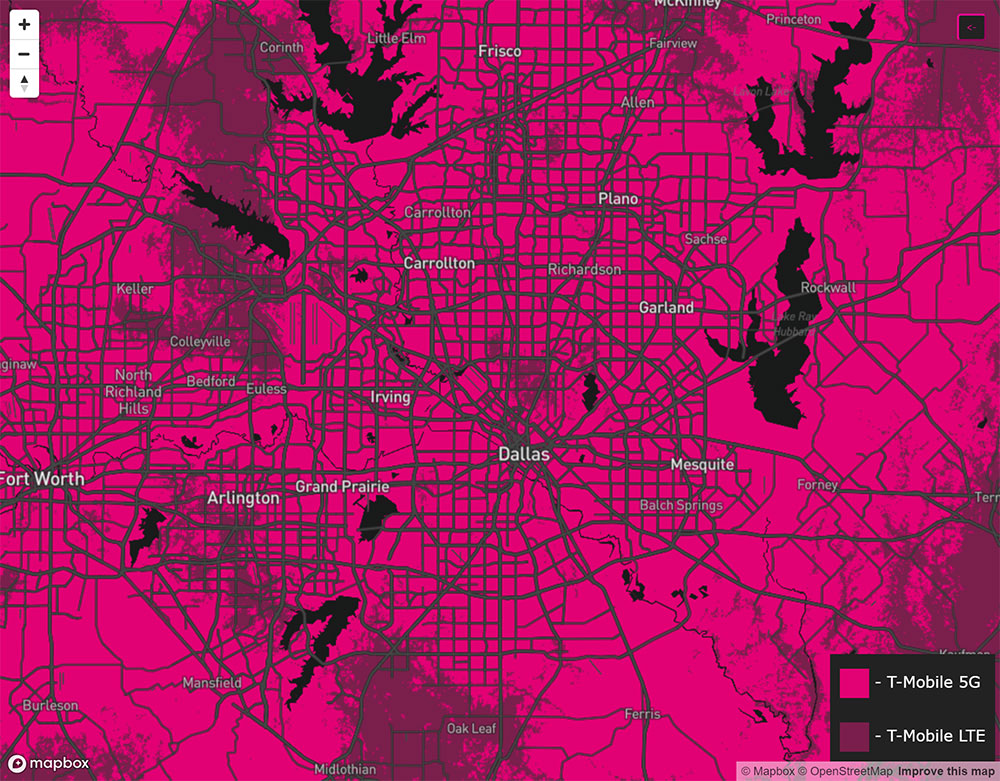

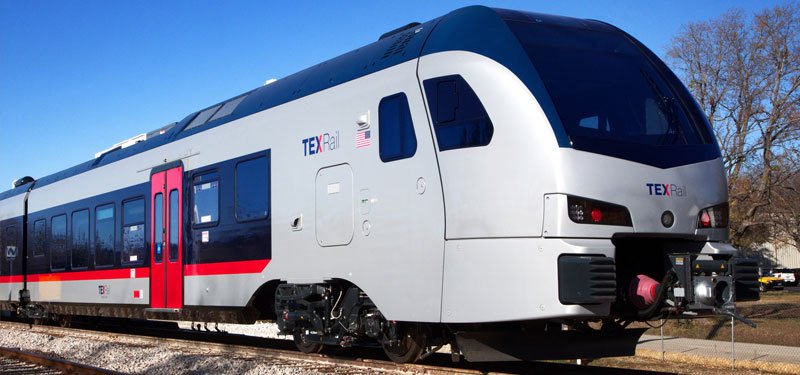
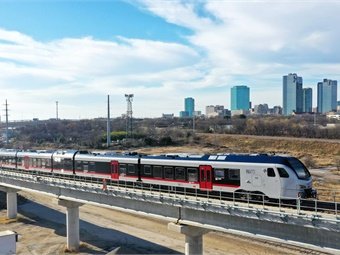 In that one year, TEXRail ridership reached 545,345 and the trains were on schedule 99.15% of the time.
In that one year, TEXRail ridership reached 545,345 and the trains were on schedule 99.15% of the time.